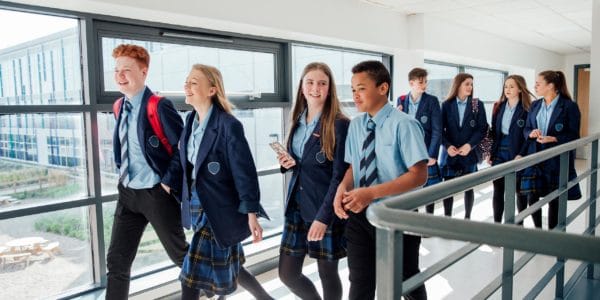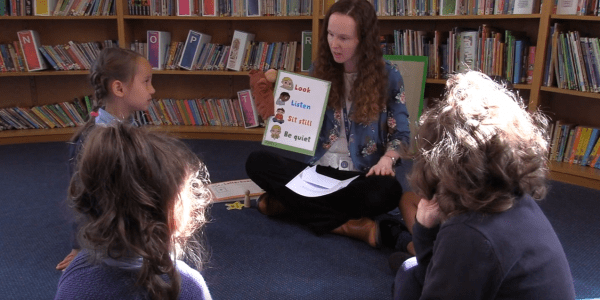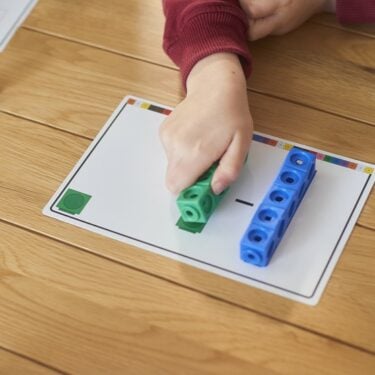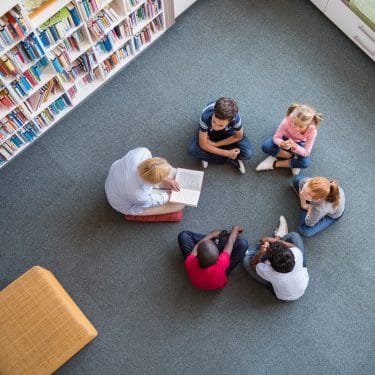
18/09/20
3 min read
Schools serving more deprived pupils face major challenges over the next few years. Educational inequalities will have widened during lockdown. Planned increases in teacher starting salaries will also weigh more heavily on such schools, given they are more likely employ new teachers.
Schools serving more deprived pupils in England have already seen the largest falls in spending per pupil over the last decade. Going forwards, the government’s new National Funding Formula will deliver funding increases of 3-4% less to schools in poorer areas than those in more affluent areas up to 2021.
These patterns run counter to the objective of levelling-up poorer regions of the country and will make it harder to address the educational challenges and inequalities resulting from COVID-19. In response, only the new £250m National Tutoring programme is targeted at more deprived schools, representing just 0.5% of school funding.
These are among the findings of the schools chapter of this year’s IFS ‘Annual Report on Education Spending in England’, funded by the Nuffield Foundation. The full report looking at the challenges posed by COVID-19 for all education sectors will be released later this autumn.
The research also finds that:
- School spending per pupil in England fell by 9% in real-terms between 2009–10 and 2019–20. This represents the largest cut in over 40 years, though these cuts come on the back of a significant increase in spending per pupil of 60% during the 2000s. Recent cuts have mainly been driven by cuts to school sixth form funding and big reductions in the spending role of local authorities. Cuts also look similar if we compare against general inflation or school-specific cost changes over the last decade.
- The government has allocated an extra £7.1bn for schools in England through to 2022–23. This will increase spending per pupil by 9% in real-terms between 2019–20 and 2022–23 (as measured against expected general inflation) and near enough reverse the cuts of the 2010s. If we account for expected increases in teacher pay, the real-terms increase in spending per pupil will be lower at 6%. In either case, school spending per pupil in 2022–23 is set to be no higher in real-terms than in 2009–10.
- Secondary school spending per pupil fell by 9% in real-terms between 2009–10 and 2019–20, partly reflecting cuts of over 25% to sixth form funding per student. In contrast, primary school spending per pupil has grown by 4%. As a result, the per pupil funding difference between secondary and primary schools fell from 30% at the end of the 2000s to 16% in 2019–20. This continues a long-run trend, with this funding difference already down from over 50% during the 1980s. Whilst empirical evidence shows high benefits to spending at younger ages, it is not clear evidence supports such a dramatic shift.
- During the 2000s, the funding advantage per pupil enjoyed by the most deprived schools grew from 20-25% in 2000–01 to 35% by 2010–11. Despite the introduction of the Pupil Premium in 2011, the deprivation funding premium shrank from 35% in 2010-11 back to 25% in 2018–19. Some of the decline in the deprivation funding premium can be accounted for by changing geographical patterns in deprivation, such as falls in deprivation inside London, and a school funding system that did not adjust swiftly to such changes.
- In the long run, the new National Funding Formula should ensure the funding system is more responsive to changes in the geography of deprivation. However, in the short-run, the new formula will deliver funding increases of 3-4% less to schools in poorer areas than to those in more affluent areas up to 2021.
- Given lost schooling and a likely widening of educational inequalities during lockdown, the government has announced a range of measures to help schools face these challenges. This includes a one-off extra £80 for all pupils and a national tutoring programme. Only the national tutoring programme is targeted at more disadvantaged pupils. It is also not at a scale that will allow schools to address the inequalities that have widened during lockdown.
- Looking across the UK, cuts in England over the 2010s (9%) were larger than in Wales (5%), but on a par with Northern Ireland (10%). In contrast, spending per pupil in Scotland rose by 5% in real-terms over the 2010s, reflecting extra funding to finance an increases in teacher pay totalling more than 10% over 2018 and 2019. Spending per pupil is highest in Scotland (£7,300), of a similar level in Wales and England (£6,100) and is lowest in Northern Ireland (£5,800).
Dr Luke Sibieta, Research Fellow at the IFS, said: “Schools in poorer areas of England face significant challenges over the next few years, with a likely widening of educational inequalities during lockdown and higher costs associated with higher teacher starting salaries. However, schools with more deprived pupils have seen the largest falls in spending over recent years and are set to see smaller funding increases than schools in more affluent areas from the government’s new funding formula. Most of the COVID catch-up funding will be spread across all schools, regardless of disadvantage. This provides a strong case for greater targeting of additional funding to more deprived schools.”
As a result of the COVID-19 crisis, the most deprived pupils are not only more likely to be behind in their learning, but their families are also at greater risk of poverty, food insecurity and job losses. This could further entrench the disadvantage these children face. As this research shows, it is therefore crucial that schools in deprived areas receive adequate and well-directed funding so that they can help to close the disadvantage gap and ensure all children can reach their potential.”Josh Hillman, Director of Education at the Nuffield Foundation
More about this project


















































